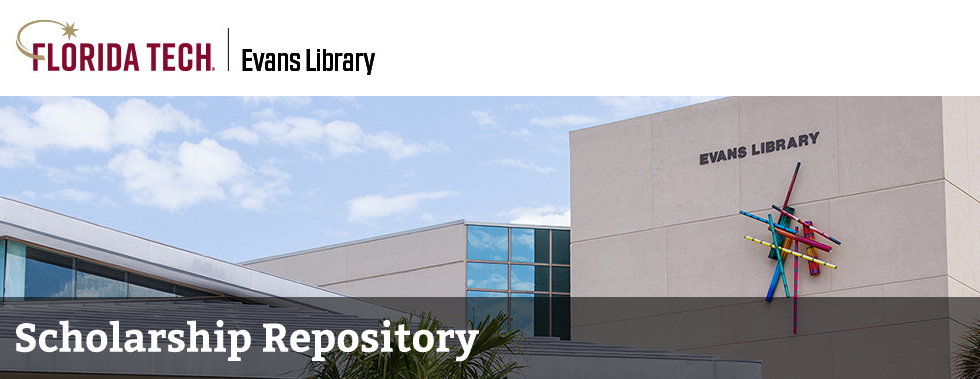Date of Award
12-2024
Document Type
Thesis
Degree Name
Master of Science (MS)
Department
Mechanical and Civil Engineering
First Advisor
Ryan T. White, Ph.D.
Second Advisor
Venkat Keshav Chivukula, Ph.D.
Third Advisor
Kim-Doang Nguyen, Ph.D.
Fourth Advisor
Seong Hyeon Hong, Ph.D.
Abstract
Robotic manipulation is a cornerstone of automation, with the ultimate goal of developing versatile systems capable of executing a wide range of real-world tasks autonomously. Traditional robotics approaches, while reliable and widely adopted in industrial settings, often struggle with adaptability, perception, and dynamic task execution. This thesis explores the evolution from classical robotics techniques to modern learning-based approaches, leveraging advancements in artificial intelligence to overcome these limitations.
Initially, the thesis presents a pick-and-place pipeline built using the Drake robotics framework and the KUKA iiwa robotic arm. This system employs a pseudoinverse controller for inverse kinematics to perform structured tasks like object manipulation. The limitations of this classical approach are highlighted, including sensitivity to object variations, lack of environmental awareness, and challenges with kinematic singularities. Despite these constraints, the significance of classical methods in industrial applications is acknowledged, emphasizing their reliability and cost-effectiveness.
To address these challenges, the thesis transitions to end-to-end learning-based methods for robotic manipulation. Leveraging the LeRobot codebase, two cutting-edge policies— Action Chunking with Transformers (ACT) and Diffusion Policies—are implemented and trained independently on a low-cost hardware setup. ACT focuses on learning temporally coherent action sequences, reducing compounding errors and ensuring smooth task execution. In contrast, Diffusion Policies iteratively refine noisy trajectories, achieving high precision and robustness for intricate manipulation tasks.
The evaluation process involves a series of progressively complex tasks, including pickand-place, sliding objects, stacking, orienting objects, and writing. Data is collected using a leader-follower teleoperation system, with dual fixed cameras providing synchronized visual inputs. Each policy is trained and evaluated separately, enabling a systematic comparison of their performance in terms of task success rate, motion smoothness, and adaptability.
The findings demonstrate the potential of learning-based approaches to handle complex manipulation tasks effectively, even on affordable hardware. ACT excels in maintaining temporal coherence, while Diffusion Policies achieve superior precision in fine-grained tasks. By systematically analyzing the strengths and limitations of these methods, the thesis contributes to bridging the gap between traditional robotics and modern, adaptive systems. This work lays the groundwork for scalable, accessible robotic solutions capable of addressing diverse real-world challenges.
Recommended Citation
Chothani, Abhishek, "End-to-End Learning for a Low-Cost Robotics Arm" (2024). Theses and Dissertations. 1539.
https://repository.fit.edu/etd/1539


